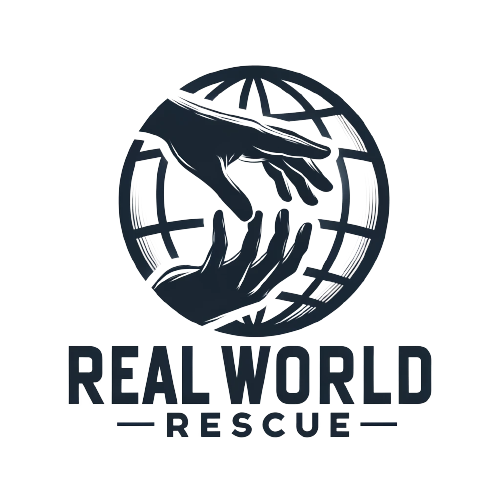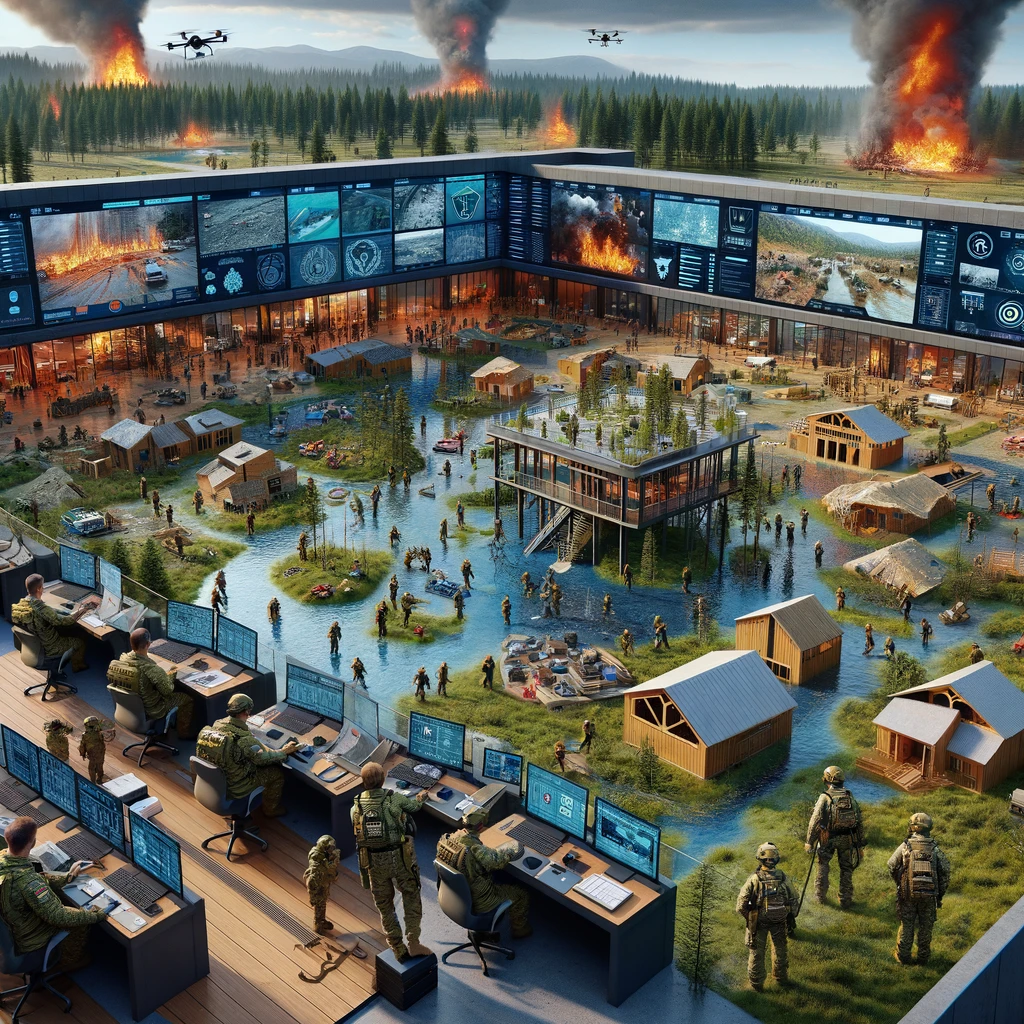In today’s increasingly uncertain world, the importance of disaster response training cannot be overstated. Whether facing natural calamities, technological mishaps, or unforeseen emergencies, the ability to respond effectively can make the difference between chaos and order, and sometimes, even life and death. This article aims to shed light on the critical aspects of disaster response training, offering practical advice and insights to ensure you are well-prepared for any eventuality.
Understanding Disaster Response Training
At its core, disaster response training prepares individuals and organizations to respond swiftly and efficiently to emergencies. It encompasses a broad range of skills, from basic first aid to complex emergency management strategies.
The Importance of Disaster Response Training
Disaster response training equips you with the knowledge to protect yourself and others in times of crisis. It fosters resilience, ensuring that communities can recover more quickly from adverse events.
Key Elements of Effective Disaster Response Training
Comprehensive Preparedness
Preparedness is the foundation of disaster response. This involves understanding potential threats, having an emergency plan, and knowing the resources available in your community.
Practical Skills Training
Hands-on training in first aid, CPR, and emergency evacuation procedures is vital. These skills are often the difference between life and death in the immediate aftermath of a disaster.
Communication and Coordination
Effective communication and coordination among responders and with the community are crucial. Training should include the use of communication tools and protocols for coordinating with local authorities and emergency services.
Practical Tips for Enhancing Your Disaster Response Training
- Participate in Local Drills: Engaging in community drills can offer realistic scenarios to practice your response skills.
- Stay Informed: Keep up with the latest training methods and disaster preparedness research. Knowledge evolves, and staying informed means staying prepared.
- Volunteer with Local Response Teams: This provides hands-on experience and insight into the challenges and dynamics of disaster response.
- Develop a Personalized Emergency Plan: Tailor your emergency plan to your specific needs and those of your family or organization. Practice this plan regularly.
- Build a Network: Connect with local emergency responders, community leaders, and neighbors. A strong support network can significantly enhance response efforts.
Conclusion
Disaster response training is an essential component of emergency preparedness. By understanding its importance and actively engaging in comprehensive training, you can ensure that you, your loved ones, and your community are better equipped to handle emergencies. Remember, preparedness is not just about having the right supplies; it’s about having the right knowledge and skills to navigate through crises effectively. Stay informed, stay prepared, and help build a resilient community.
FAQ About Disaster Response Training
What is disaster response training?
Disaster response training prepares individuals and organizations to respond effectively to emergencies. It covers a range of skills, including first aid, emergency management, and coordination with authorities.
- Prepares for effective emergency response
- Covers first aid, emergency management
- Includes coordination with authorities
Why is disaster response training important?
Disaster response training is crucial because it equips individuals with the knowledge and skills to act decisively during emergencies. It enhances safety, reduces the impact of disasters, and supports community resilience.
- Enhances safety and decision-making
- Reduces impact of disasters
- Supports community resilience
How can I get started with disaster response training?
To begin disaster response training, consider enrolling in courses offered by recognized organizations like the Red Cross or FEMA. Participate in local drills, volunteer with response teams, and stay informed about best practices.
- Enroll in courses by recognized organizations
- Participate in local drills
- Volunteer with response teams
What are some key skills learned in disaster response training?
Key skills in disaster response training include first aid, CPR, emergency evacuation procedures, communication protocols, and coordination with emergency services.
- First aid and CPR
- Emergency evacuation procedures
- Communication and coordination
How often should disaster response training be updated?
Disaster response training should be updated regularly, at least once a year, to accommodate new information, technologies, and methodologies. Continuous learning and practice are essential for maintaining readiness.
- At least once a year
- Accommodate new information and technologies
- Continuous learning and practice

